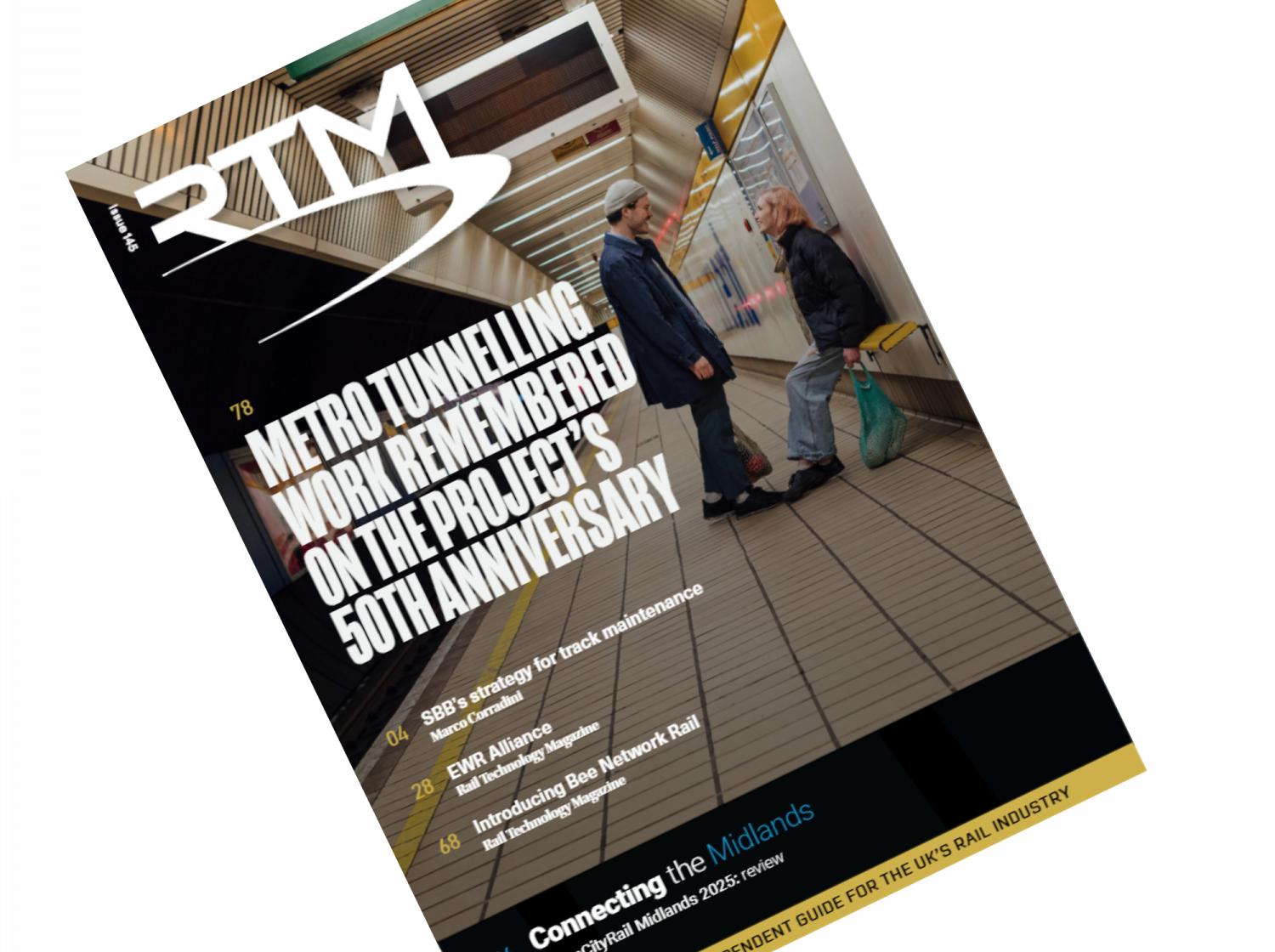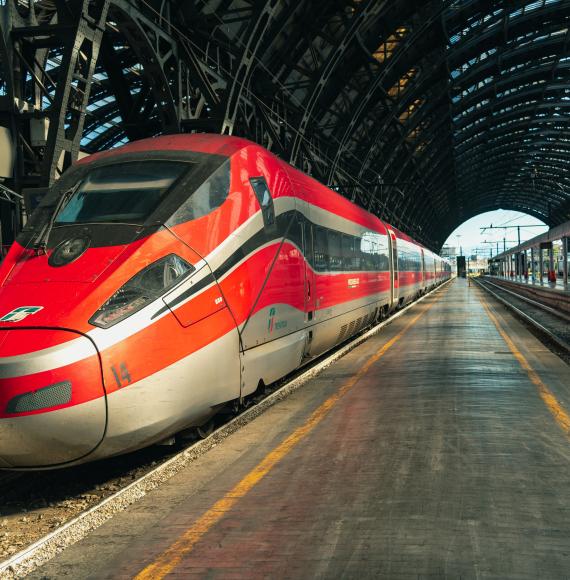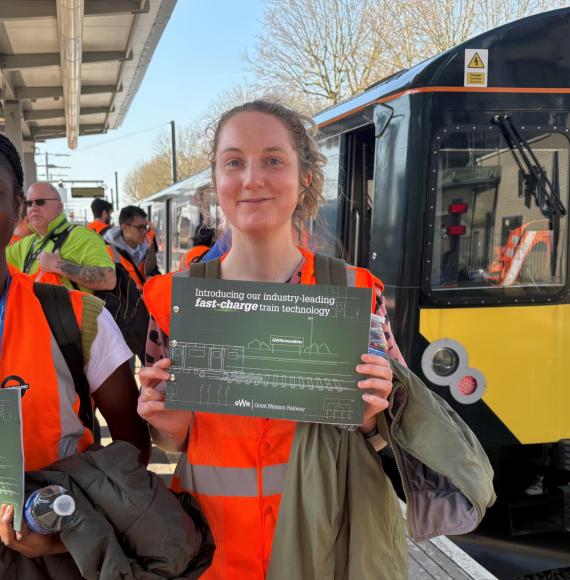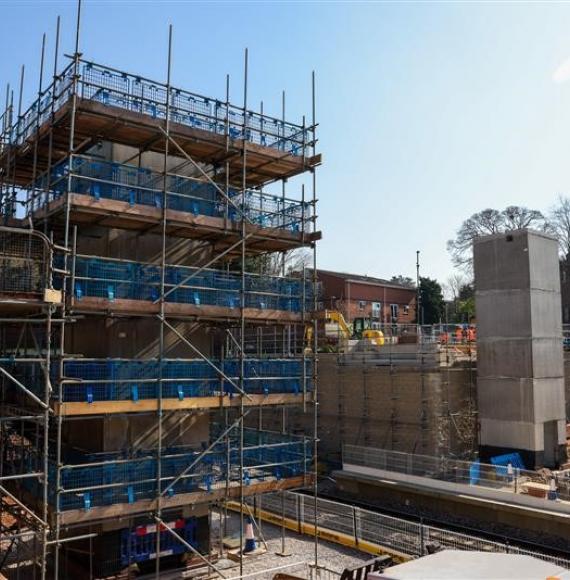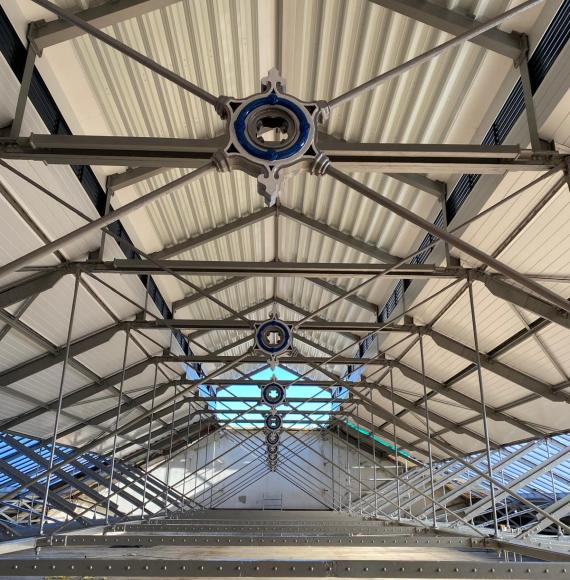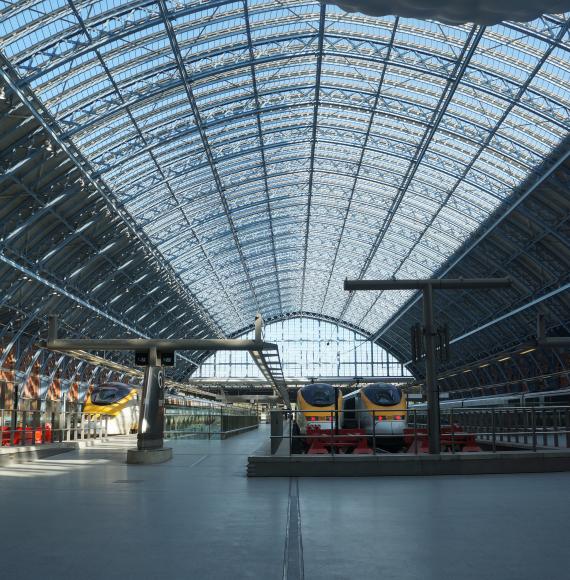In 2019-20, the rail network in England cost £17.4bn in total expenditure, according to a new financial overview published by the National Audit Office (NAO).
Building on information from the Office of Rail and Road (ORR), Network Rail and audited accounts, the NAO report set out how much the English rail system costs, how it is paid for and some of the anticipated challenges ahead.
Drawing on and examining income and expenditure from the five financial years ending in March 2020, the report helps track cost and income over time.
Included in the breakdown were the expenditures for operating rail passenger services, network infrastructure and freight services.
It showed, among other things:
- £9.5bn spent on operating rail passenger services
- £7.1bn spent on operating rail network infrastructure
- £900k spent on operating freight services and High Speed 1 (HS1)
In the same 2019-20 period, total rail sector income was recorded as £17.1bn, of which £5.1bn was through funding from the UK Government.
The remaining £12bn was earned income, the vast majority (80%) of which came via passenger fares. The onset of the Covid-19 pandemic in March 2020 caused these proportions to change significantly.
With the anticipated Williams Rail Review due in the near future too, expected to address long-standing issues within the rail system, a clear understanding of the finances involved in delivering the rail network is seen by the NAO as essential to significant industry change.
The full NAO report can be read here.



